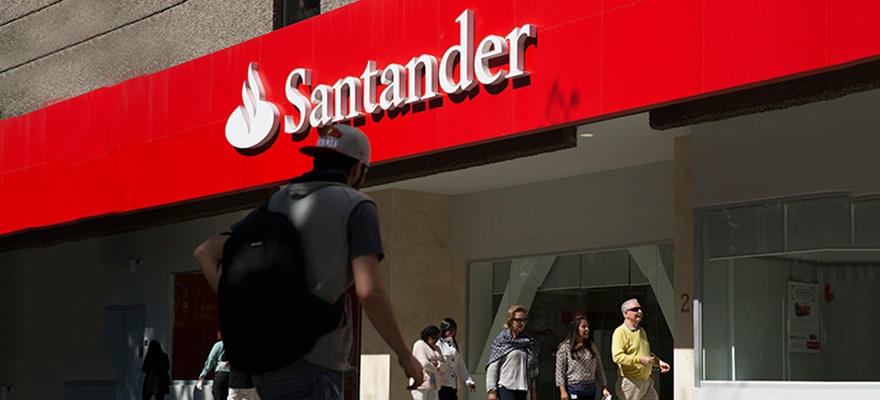Shareholders in US banks are set to receive their biggest payouts since the global financial crisis after regulators gave executives the go-ahead to pay out around $96 billion worth of funds, as reported in the Financial Times today.
Estimates from RBC Capital Markets reveal that the industry is due to shell out around 16 per cent more capital than a year ago after 30 of 33 banks passed the Federal Reserve’s latest stress tests without conditions, signalling that they are increasingly confident that banks are able to withstand a crisis even more punishing than the 2008 meltdown.
Ernie Patrikis, a partner at White & Case and a former senior official at the New York Fed, commented: “Notwithstanding the failure of a couple of institutions, the ultimate effect of all this is a safer and stronger banking system.”
The Fed’s payout approvals provide a boost to banks and their investors, which are contending with low interest rates and a wave of post-crisis Regulation , especially Bank of America and Citigroup, which have struggled with the tests recently.
Banco Santander and Deutsche Bank Fail
However, the subsidiaries of Banco Santander and Deutsche Bank failed again while Morgan Stanley was told it needed to improve its internal systems, otherwise officials could block its payouts after it performed worse than its big rivals on important metrics in the stress tests’ first round.
Morgan Stanley lost as much as 45 per cent of its equity capital as a proportion of risk-weighted assets although this was above the minimum required. Officials have said they were cautious not about Morgan Stanley’s numbers but rather “weaknesses in some aspects of the firm’s modelling practices, and weaknesses in governance and controls”.
The biggest setbacks were for Santander and Deutsche, which is fighting to restore its fortunes after a €6.8 billion loss last year. After failing last year, both set out to improve capital planning, controls and reporting but again fell short, Santander for the third time in a row, preventing the parts of their US operations that were tested by the Fed from handing capital back to their parent companies.
The Fed’s rejection of Santander is more serious having already encountered a series of regulatory difficulties in the US. Last year its Santander Holdings arm was ordered to provide the Fed with a formal plan to address a list of problems within 60 days.
Some analysts at the time speculated that the bank could be forced to exit the US if it failed again but despite the latest setback, it is accepted that it still has a bit more work to do.
Strong Results Overall
Although some question marks remain at some institutions, the overall results of the stress tests support the view that the banking industry is stronger than it was ahead of the previous big crisis.
Observations in the industry showed that banks were taking the stress test process seriously and that they are better prepared.
Meanwhile, Fed officials have denied bank complaints that they set out to purposely fail some banks every year to keep executives on their toes.
Mr Patrikis again commented: “All the banks that took the test passed numerically. Every year, on qualitative grounds, someone’s probably going to be in the doghouse."

















